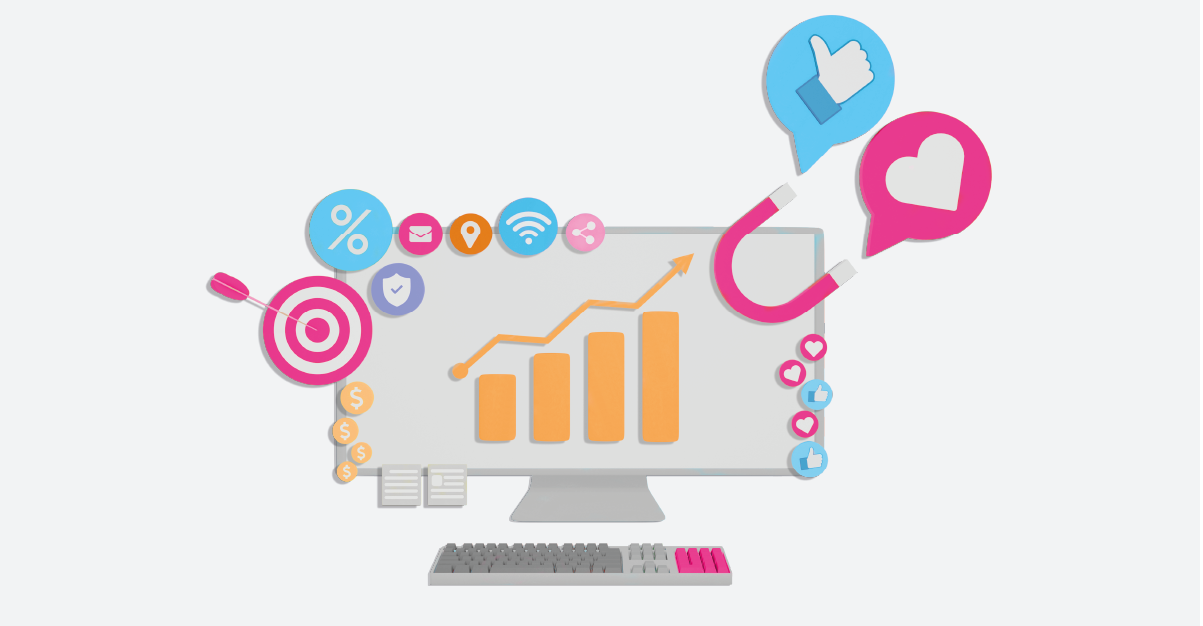In today’s fast-paced market, understanding what drives consumer decisions is more crucial than ever. Businesses need to know not just who their customers are, but what makes them tick. This is where consumer insight analysis comes into play. By delving deep into consumer behavior, companies can tailor their strategies, create products that resonate, and ultimately, outshine their competitors. But what exactly is consumer insight analysis, and why is it so vital? Let’s break it down.
What is Consumer Insight Analysis?

The Concept of Consumer Insight
Consumer insight is more than just raw data; it’s the interpretation of data that reveals underlying consumer motivations. It’s about uncovering the “why” behind consumer actions, preferences, and decisions. Unlike surface-level information, consumer insights delve into the psychological and emotional factors that influence behavior.
Differences Between Data and Insight
Data is simply a collection of facts and statistics. Insight, on the other hand, is the understanding gained from analyzing that data. While data tells you what is happening, insight explains why it’s happening. For example, sales data might show a spike in product purchases, but consumer insights would reveal that this spike was due to a successful marketing campaign that tapped into consumer emotions.
The Role of Consumer Insight Analysis in Business
Enhancing Marketing Strategies
Consumer insights are the backbone of effective marketing strategies. By understanding what resonates with their audience, businesses can craft personalized marketing messages that hit the mark. This not only improves engagement but also boosts conversion rates.
Improving Product Development
Insight-driven product development ensures that new products meet actual consumer needs. By analyzing consumer feedback and behavior, companies can innovate products that solve real problems, leading to higher customer satisfaction and loyalty.
Elevating Customer Experience
Consumer insight analysis helps businesses create memorable customer experiences. By understanding customer pain points and preferences, companies can tailor their services to provide a seamless and enjoyable experience, leading to increased retention and word-of-mouth referrals.
Steps Involved in Consumer Insight Analysis
Data Collection
- Primary Data Sources
Primary data is collected directly from consumers through methods such as surveys, interviews, and focus groups. This data is invaluable as it provides firsthand insights into consumer behavior. - Secondary Data Sources
Secondary data is gathered from existing sources such as market reports, studies, and online databases. While not as direct as primary data, it offers a broader view of market trends and consumer patterns.
Data Processing and Analysis
- Quantitative Analysis
This involves analyzing numerical data to identify trends, patterns, and correlations. Tools such as statistical software and data analytics platforms are commonly used in this process. - Qualitative Analysis
Qualitative analysis focuses on understanding the “why” behind consumer behavior. It involves analyzing non-numerical data such as opinions, attitudes, and motivations, often collected through interviews and open-ended survey questions.
Identifying Patterns and Trends
The final step is to identify patterns and trends within the data. This involves synthesizing the information to draw meaningful conclusions that can inform business strategies.
Consumer Insight Analysis Tools
Survey Tools
Surveys are a popular method for collecting primary data. Tools like SurveyMonkey and AIM Research allow businesses to create customized surveys that capture valuable consumer insights.
Social Listening Platforms
Social listening involves monitoring social media channels to understand what consumers are saying about a brand, product, or industry. Tools like AIM Insights and Brandwatch are instrumental in capturing these insights in real-time.
Customer Feedback Systems
Collecting feedback directly from customers through reviews, ratings, and feedback forms provides actionable insights into customer satisfaction and areas for improvement.
Data Analytics Tools
Advanced data analytics tools like Google Analytics and Tableau help businesses make sense of large volumes of data, transforming it into actionable insights that drive decision-making.
Case Studies: Successful Consumer Insight Analysis
Case Study 1: A Global Retail Giant
A global retail giant used consumer insight analysis to revamp its product line. By analyzing customer feedback and purchasing behavior, the company identified a growing demand for eco-friendly products. In response, they introduced a new line of sustainable products, resulting in a significant increase in sales and customer loyalty.
Case Study 2: A Fast-Food Chain
A well-known fast-food chain leveraged consumer insights to redesign its menu. Through social listening and customer surveys, they discovered that health-conscious consumers were looking for healthier options. By introducing salads and low-calorie meals, the chain attracted a new segment of customers and boosted its market share.
Challenges
Data Overload
With the vast amount of data available, businesses can quickly become overwhelmed. The challenge lies in sifting through the noise to find the most relevant insights.
Privacy Concerns
Collecting consumer data comes with privacy challenges. Businesses must navigate regulations like GDPR and ensure that they handle consumer data ethically and transparently.
Misinterpretation of Data
Not all data is created equal, and misinterpreting data can lead to flawed insights and poor decision-making. Ensuring data accuracy and employing skilled analysts are crucial for effective consumer insight analysis.
Future Trends
AI and Machine Learning in Insight Analysis
Artificial intelligence and machine learning are set to revolutionize consumer insight analysis. These technologies can process vast amounts of data quickly, identify patterns, and even predict future consumer behavior, making insights more accurate and actionable.
Predictive Analytics
Predictive analytics uses historical data to predict future trends. By leveraging this technology, businesses can anticipate consumer needs and stay ahead of the competition.
Personalization Trends
The future of consumer insight analysis will focus on hyper-personalization. By understanding individual consumer preferences, businesses can create tailored experiences that resonate on a deeper level.
Best Practices for Effective Consumer Insight Analysis
Focusing on the Right Data
Not all data is useful. Businesses should focus on collecting and analyzing data that directly impacts their goals and objectives.
Ensuring Data Quality
High-quality data is the foundation of reliable insights. Businesses must ensure that their data is accurate, up-to-date, and relevant.
Collaborating Across Departments
Consumer insight analysis should be a collaborative effort. By working together, different departments can share insights and create a more comprehensive understanding of consumer behavior.
Conclusion
Consumer insight analysis is a powerful tool that can transform the way businesses operate. By understanding the “why” behind consumer behavior, companies can create more effective strategies, develop products that resonate, and deliver exceptional customer experiences. As technology advances, the possibilities for consumer insight analysis are endless, making it an essential component of any successful business strategy.
Ready to harness the power of consumer insights for your business? Request a demo from AIM Technologies today and see how our cutting-edge solutions can help you uncover deep consumer insights that drive growth and innovation.
FAQs
1. What is the difference between consumer insights and market research?
- Consumer insights delve into the motivations behind consumer behavior, while market research focuses on collecting data about market conditions and trends.
2. How can small businesses benefit from consumer insight analysis?
- Small businesses can use consumer insights to tailor their marketing strategies, improve customer satisfaction, and differentiate themselves from competitors.
3. What are the most common mistakes in consumer insight analysis?
- Common mistakes include relying on low-quality data, misinterpreting data, and overlooking the importance of qualitative insights.
4. How often should businesses conduct consumer insight analysis?
- Businesses should conduct consumer insight analysis regularly, ideally at least once a quarter, to stay updated on changing consumer behavior.
5. What are the ethical considerations in consumer insight analysis?
- Ethical considerations include ensuring data privacy, obtaining consent for data collection, and avoiding manipulative practices based on consumer insights.




